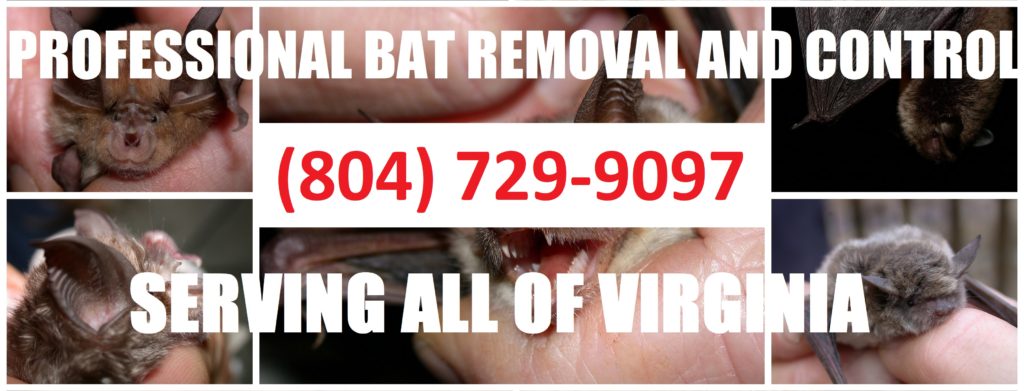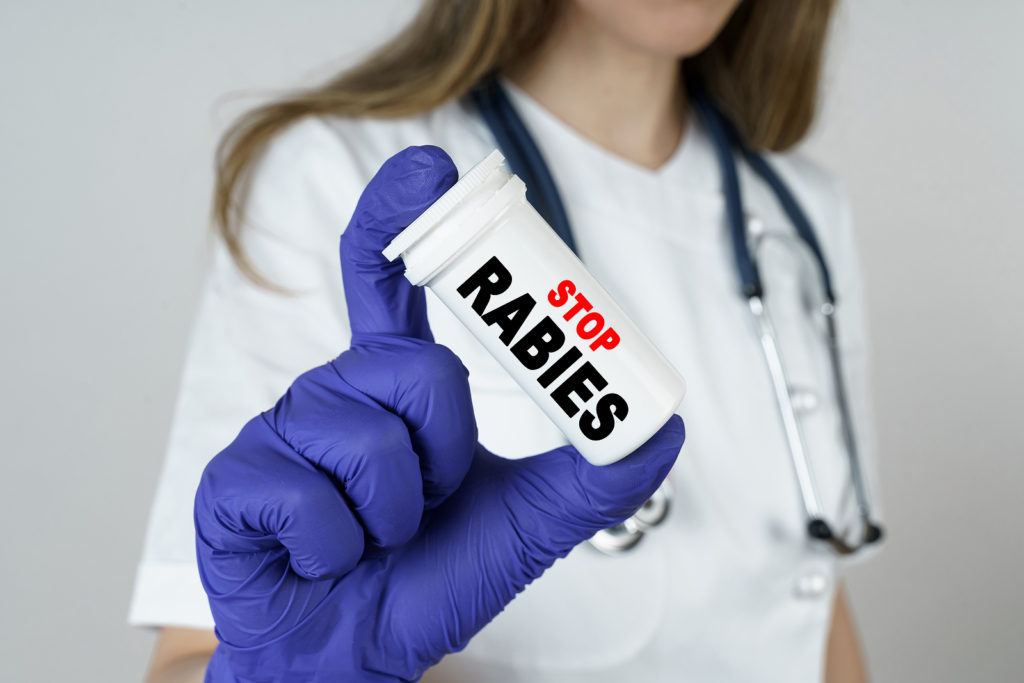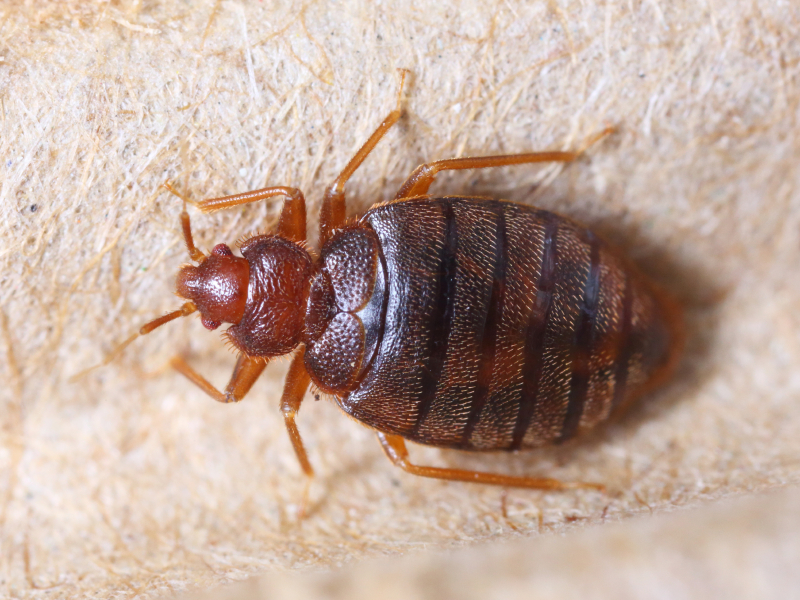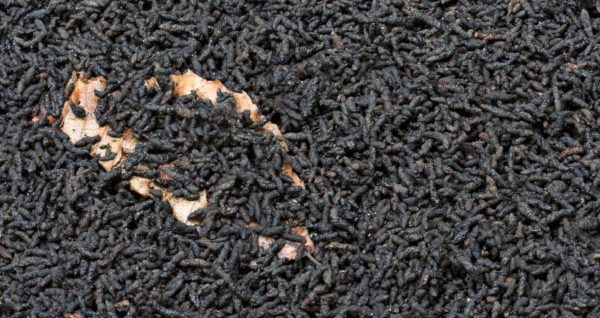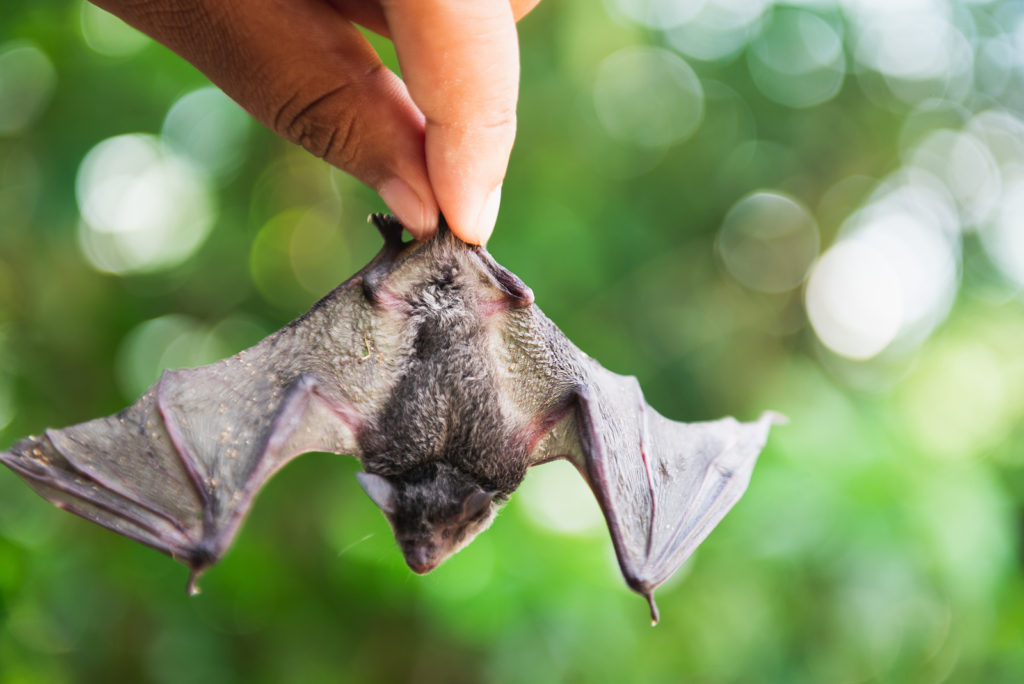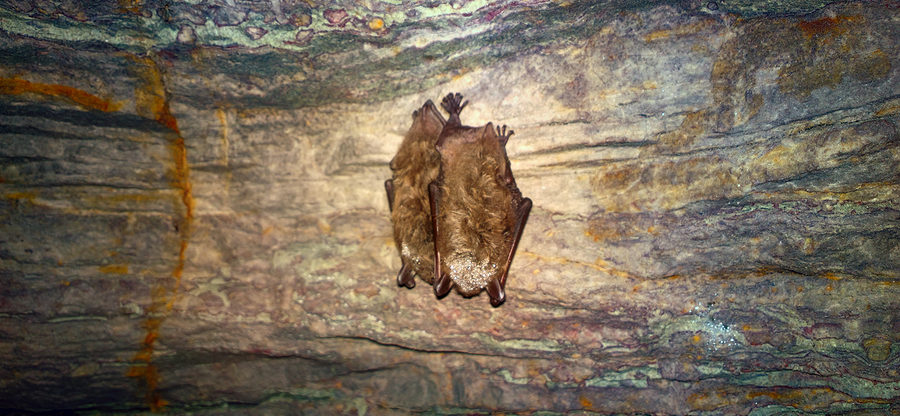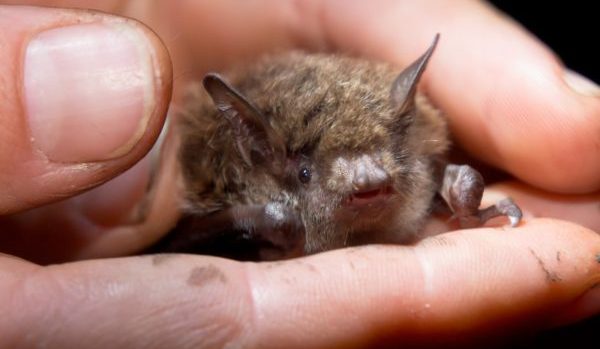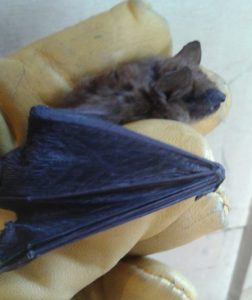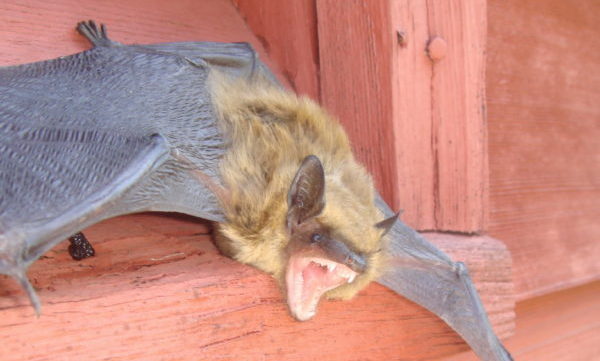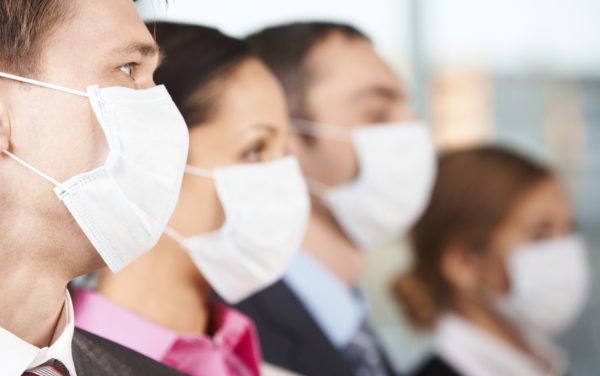People all across the Virginia have experienced a bug infestation of some kind. Whether its mosquitos, ants, gnats, or fleas, we have all been there at least once in our lives. Out of all the insects that we encounter in our lifetime, bat mites are one we would commonly overlook. No one ever talks about bat mites, mostly because they are often mistaken for bed bugs.
Continue below to learn the similarities and differences between the two insects, as well as, how to permanently get rid of bat mites in your home.
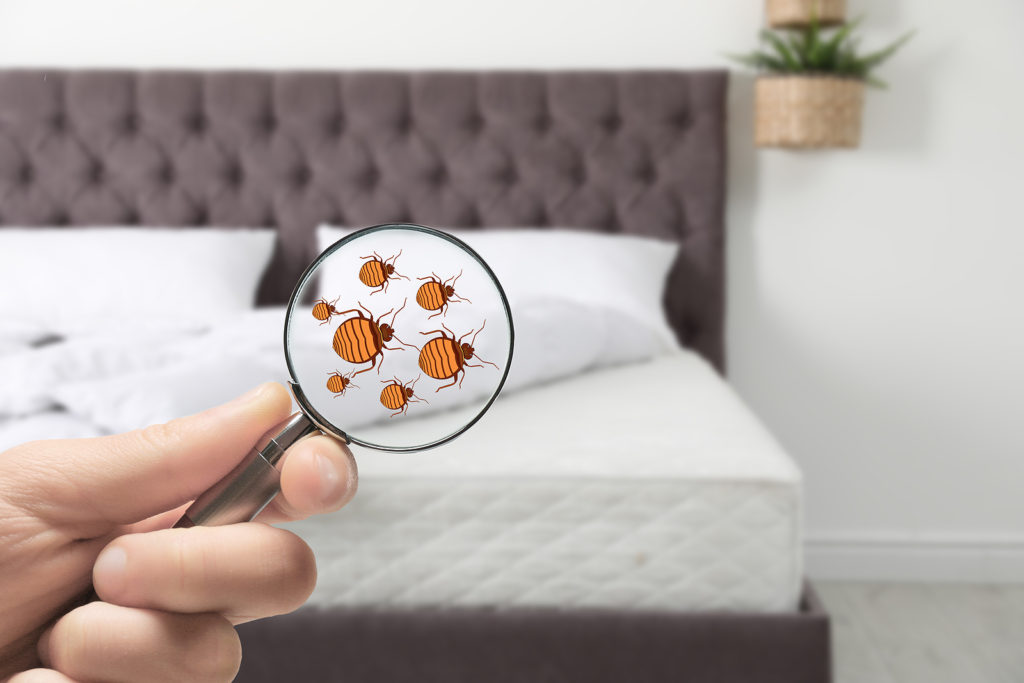
Bed Bugs Versus Bat Mites
⚠ Bats can carry and transmit parasites like lice, ticks, and of course, bat mites.
Most people have heard stories of bed bug infestations, and many have even experienced it for themselves. The usual signs include itching, red bumps and bites, and actual minuscule bugs in your linens and bed sheets. To get rid of them, people have used exterminators, aerosol sprays, and insecticide treatments to kill and remove the “bed bug” problem. What some find, is that the infestation eventually comes back.
This is most likely because they treatment administered wasn’t strong enough, or the infestation isn’t bed bugs at all, its bat mites. Bat mites behave very similar to bed bugs. They are tiny parasitic insects that cling to a host and can live up to one year if the climate is agreeable. They live sustainably in dark and narrow areas, just like bats, which is why bats are their favorite hosts.
How to Get Rid of Bat Mites
⚠ No matter how many times your house is fumigated, disinfected, and treated, BAT MITES WILL NEVER GO AWAY unless you get rid of the bats, first!
Standard extermination services are not enough for bat mites, and they probably never will be. An exterminator cannot simply spray, kill, and call it a day when it comes to bat mites. As long as their host remains, they remain and will continue to come back over and over again. You have to take more invasive action to get rid of bat mites compared to bed bugs.
Once the bat colonies are cleared from the area and proper preventative maintenance is implemented to ensure there will be no more future bat break-ins, you are on your way to a pest-free living space. This is when you can begin to properly clean and sanitize the area for bat mites. Keep in mind that bats can also carry and transmit fleas, lice, and ticks.
Are you looking for safe and affordable bat cleaning service near you? Contact Virginia Bat Pros at 804-729-9097 for affordable and prompt bat cleaning and restoration services in Virginia, including Richmond, Fredericksburg, Manassas, and all surrounding areas. We serve residential and commercial clients.
You Should Also Read:
How to Get Rid of Bat Mites
3 Transmissible Bat Diseases That Can Affect People and Pets
What You Want to Know About Bats and Rabies
